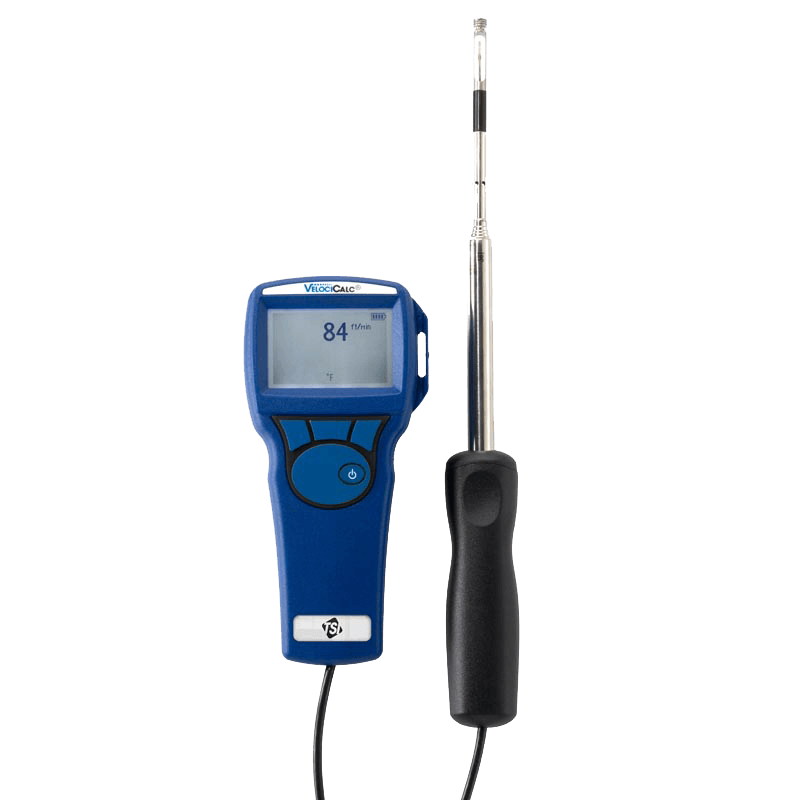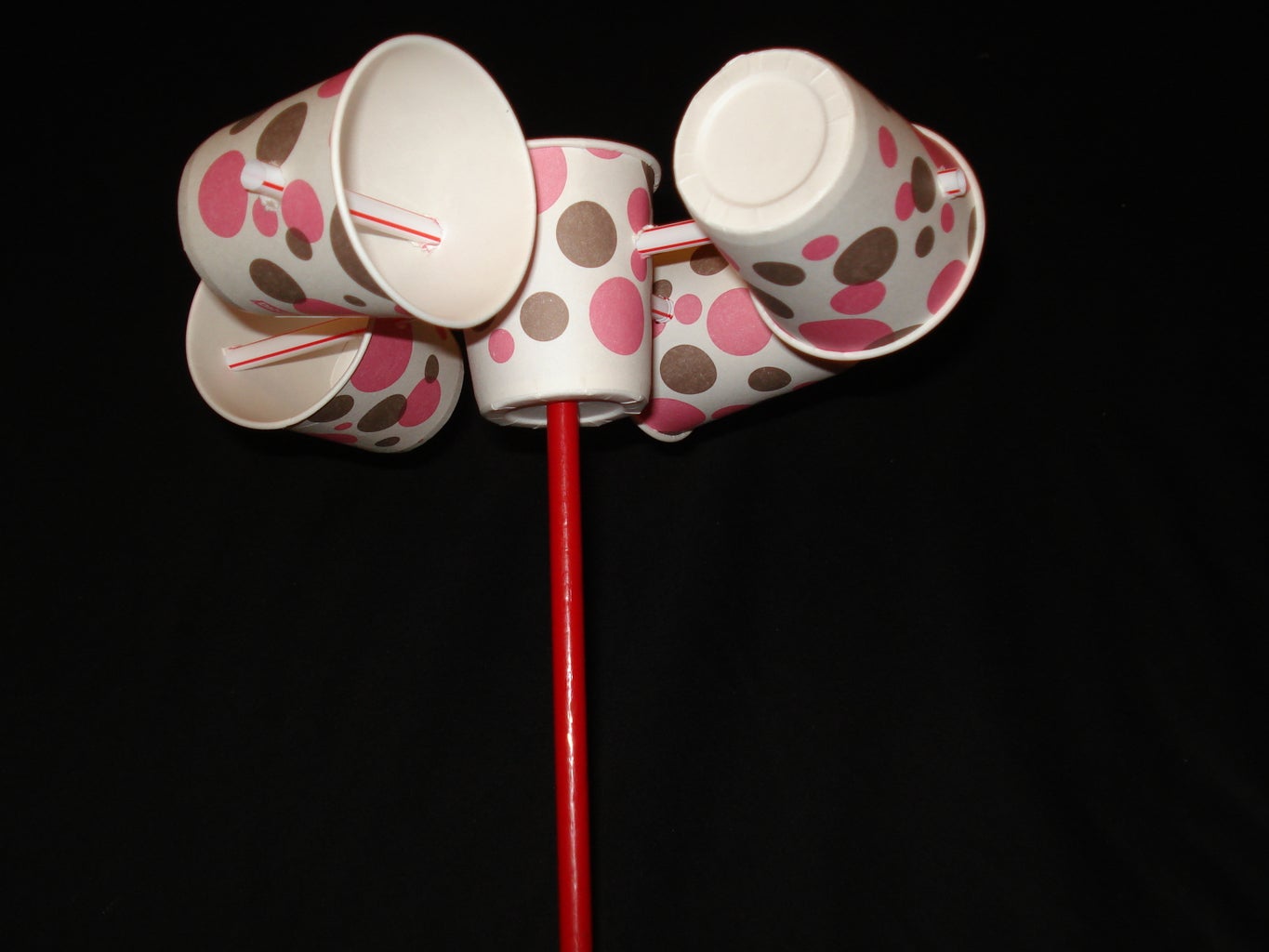Exploring the Functions and Benefits of Anemometers for Weather Enthusiasts and Specialists
Anemometers stand as instrumental tools in the realm of weather monitoring, dealing with both enthusiasts and seasoned experts alike. These devices provide a window into the vibrant globe of wind patterns and speeds, supplying important data for meteorological evaluation and projecting. From mug anemometers to sonic anemometers, each type brings its distinct set of applications and benefits, losing light on numerous facets of atmospheric problems. As we dig into the functions and advantages of anemometers, a much deeper understanding arises not only of prevailing weather sensations however likewise of the broader implications for industries like wind power manufacturing and environmental research study.
Value of Anemometers in Weather Monitoring
Anemometers play a crucial role in weather condition surveillance by providing precise measurements of wind rate, assisting in forecasting and understanding climate patterns. These instruments, ranging from standard mug anemometers to modern-day ultrasonic anemometers, are essential for meteorologists, researchers, and weather enthusiasts alike.

Kinds of Anemometers and Their Applications
With the crucial role anemometers play in weather condition tracking and forecasting, comprehending the various kinds of these tools and their applications comes to be necessary for professionals and fanatics in the area. The most common kinds of anemometers consist of cup anemometers, vane anemometers, hot-wire anemometers, and ultrasonic anemometers. Cup anemometers are composed of 3 or four cups placed on straight arms that rotate with the wind, determining its speed. Vane anemometers, on the other hand, make use of an openly turning vane to align with the wind instructions, supplying both wind rate and direction measurements. Hot-wire anemometers run based on the concept of convective warm transfer, where the cooling effect of the air circulation is measured to figure out wind speed. Ultrasonic anemometers use ultrasonic acoustic wave to calculate wind speed and direction properly.
Cup anemometers are durable and suitable for basic climate monitoring, while vane anemometers are preferred for directional measurements. Ultrasonic anemometers are non-intrusive and use high accuracy, frequently utilized in research study and specialized climate tracking applications.
Benefits of Making Use Of Anemometers in Forecasting
In weather forecasting, the use of anemometers uses important advantages for improving the accuracy of weather forecasting. Anemometers measure wind rate and instructions, giving essential data for predicting weather patterns. By incorporating wind information right into forecasting designs, meteorologists can better comprehend the movement of weather systems, prepare for adjustments in weather, and problem extra accurate forecasts.
Additionally, anemometers play an essential role in assessing prospective weather condition dangers. Checking wind rates assists forecasters predict extreme weather condition events such as hurricanes, hurricanes, and winter storms with greater precision. This early caution system allows authorities to issue prompt notifies and execute essential security measures, lowering the dangers to life and building.
Furthermore, anemometers aid in enhancing renewable power production. By examining wind patterns, meteorologists can identify appropriate locations for wind ranches and anticipate power outcome, adding to the efficient generation of wind power.

Anemometers in Wind Power Production
Offered the vital duty anemometers play in providing precise wind data for weather forecasting and danger analysis, their importance prolongs to the world of wind power production. Anemometers are vital tools in the area of wind power, where the dimension of wind speed and direction is essential for identifying the feasibility and effectiveness of wind turbine installations. By properly determining wind speeds at varying look these up elevations, anemometers aid optimize the positioning and design of wind turbines to make the most of energy output.
In wind farms, anemometers are tactically positioned to accumulate real-time wind information that is made use of to analyze the potential power manufacturing of a website. This information contributes in establishing the financial stability of wind power tasks and in projecting energy generation to guarantee grid stability. Furthermore, anemometers aid in keeping an eye on wind conditions to enhance wind turbine performance, prevent damages from high winds, and make certain the safety and security of employees working in the area of wind turbines.
Enhancing Weather Understanding With Anemometers

Anemometers play a key role in enhancing our understanding of helpful hints microclimates. These localized weather can vary dramatically from more comprehensive local projections, making it essential to have accurate data for certain locations. anemometer. By tactically putting anemometers in different places, researchers can gather comprehensive info on exactly how wind behaves in various terrains, metropolitan environments, or bodies of water
Furthermore, anemometers add to enhancing weather condition forecasting designs by offering real-time data on wind behavior. This information is particularly important for forecasting extreme climate occasions, enhancing agricultural practices, and supporting sectors like aeronautics and maritime navigating. Generally, anemometers are very useful tools that enable us to dive much deeper right into the complexities of weather systems, inevitably leading to more better-informed decisions and precise predictions.
Final Thought
In conclusion, anemometers play an essential duty in weather condition monitoring and forecasting by gauging wind speed and instructions. Anemometers likewise have applications in wind power production, more highlighting their significance in both weather forecasting and sustainable energy markets.
From mug Full Article anemometers to sonic anemometers, each type brings its distinct collection of benefits and applications, shedding light on various elements of climatic problems. These tools, varying from conventional cup anemometers to contemporary ultrasonic anemometers, are crucial for meteorologists, researchers, and weather lovers alike. The most typical types of anemometers include mug anemometers, vane anemometers, hot-wire anemometers, and ultrasonic anemometers. Mug anemometers are durable and ideal for general weather condition tracking, while vane anemometers are preferred for directional dimensions. Anemometers are essential tools in the area of wind power, where the measurement of wind speed and direction is critical for figuring out the usefulness and efficiency of wind generator installations.